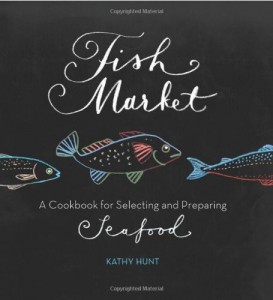Back in Season & in Kitchens – Oysters!
When the invitations to oyster festivals start rolling in, I know that fall is here. Any diehard oyster fan will tell you that during the months of May through August these shellfish spawn, becoming watery and not terribly tasty. Hence the old rule of not eating oysters in a month without an “r” in its name. Once September kicks into full swing, these guys come back, ready to dazzle diners. Although certainly not the most beautiful of bivalves, these gray, rough-shelled creatures have long held tremendous culinary allure. Considered to be a delicacy and an aphrodisiac, they were over-consumed during the 19th century. This, unsurprisingly, led to shortages. Today both American farmed and wild oysters are abundant, healthy and relatively inexpensive to buy. What should you do with a mound of live oysters? Like their bivalve brethren, they do well when baked, broiled, grilled, or steamed. They also can be poached, roasted, or sautéed. As evidenced by the event menu above, they’re quite popular when fried, made into a stew or consumed raw on the …
